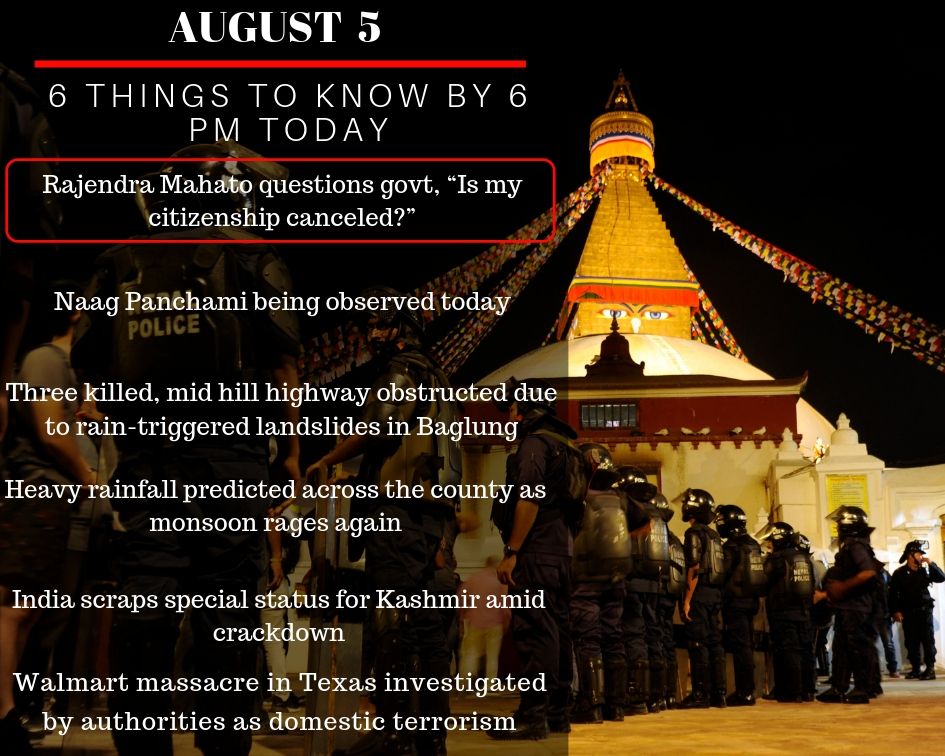

It finds that the most partisan, politically active Americans – a group we call the “Wings” – have deeply distorted perceptions of the other side. The Perception Gap study builds on these insights. In one of the largest national studies of America’s polarization ever conducted, More in Common’s Hidden Tribes report identified seven political “tribes”: The Hidden Tribes of America Widest Perception Gap at Political Extremes So who has the largest Perception Gap? What factors might explain why one person has more distorted perceptions than another? Does this actually make us more hostile to each other, and what can we do about it? These are the questions we sought to answer. The majority of Americans hold views that may not be so different from your own. This is good news for those worried about the character of this country. Even on the most controversial issues in our national debates, Americans are less divided than most of us think. Overall, Democrats and Republicans imagine almost twice as many of their political opponents as reality hold views they consider “extreme”. We call this America’s “Perception Gap ”. The conclusion? Americans have a deeply distorted understanding of each other. We were then able to calculate the difference between the predictions and reality. On issues including climate change, patriotism, sexual assault, police conduct and more, we asked Americans what they themselves believed and what they estimated people on the other side believed.

To learn how well Americans understand each other, we partnered with global research firm YouGov to survey 2,100 Americans. We trust each other less, we fear each other more, and we struggle to understand how those on the other side of the political fence could possibly hold so many wrong-headed views.īut with today’s personalized social media feeds and our tendency to live in bubbles of like-minded friends, are we getting each other wrong? As part of its ongoing investigation into the root causes of political polarization, More in Common wanted to find out whether Republicans and Democrats could separate perception from reality. Almost two-thirds of Americans describe themselves as either Democrats or Republicans, and with every passing year each side seems to dislike the other more and more.


 0 kommentar(er)
0 kommentar(er)
